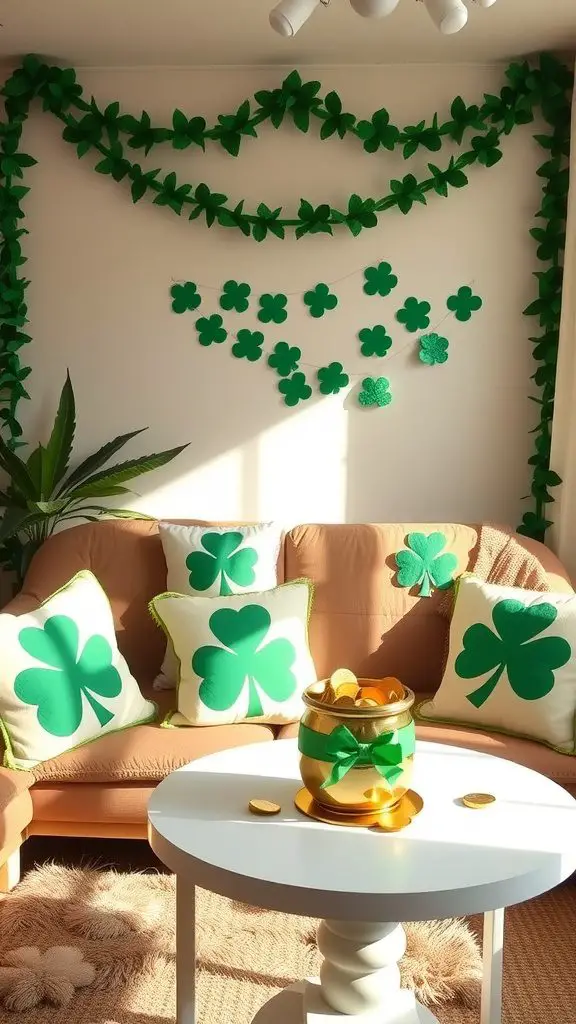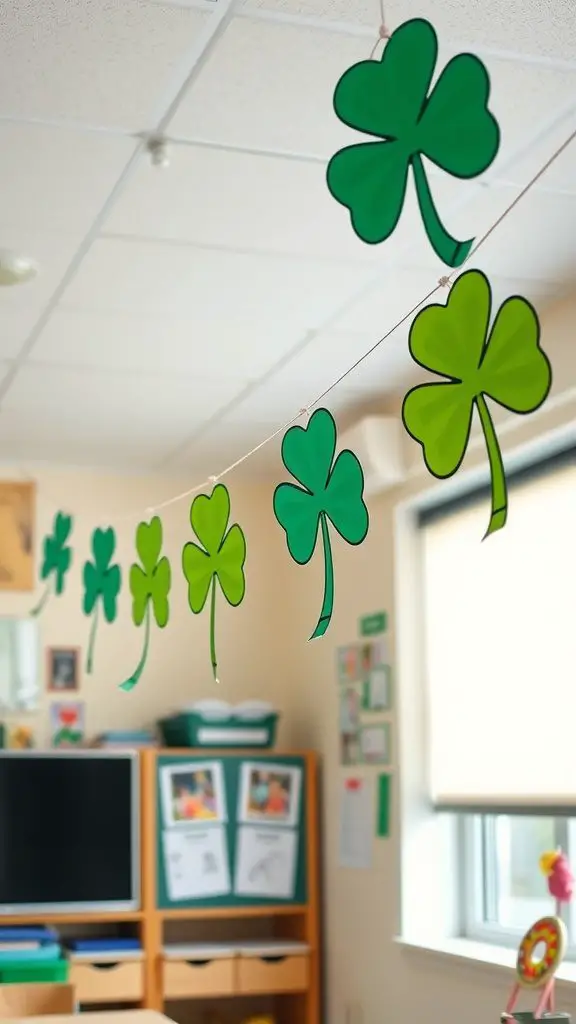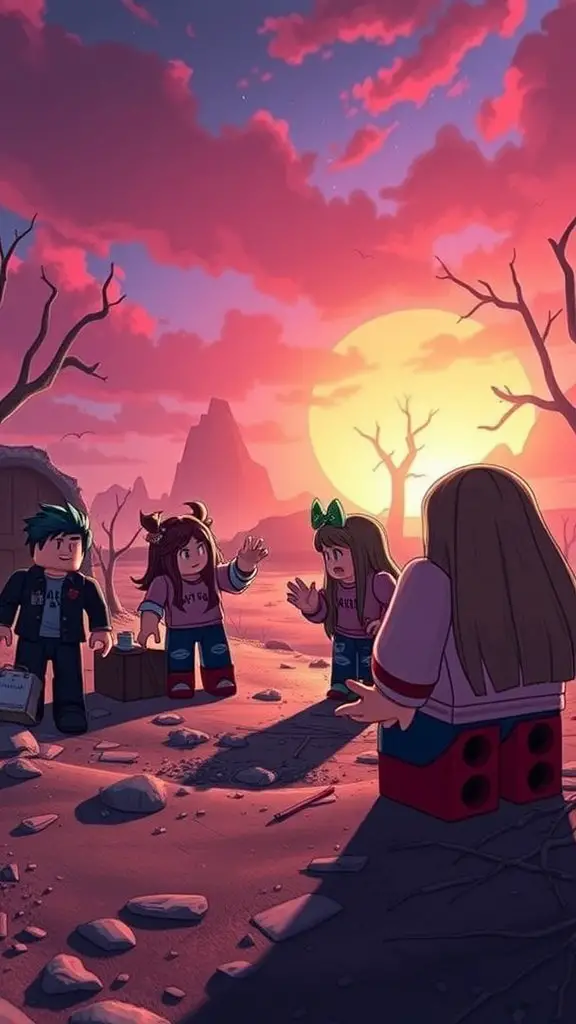DIY portrait painting offers you an exciting opportunity to express your individuality and creativity. Whether you’re a beginner or an experienced artist, exploring unique portrait styles can elevate your artistic skills and infuse your work with fresh inspiration. In this blog post, you will discover innovative ideas and techniques that not only showcase your artistic talents but also help you capture the essence of your subjects in a remarkable way. Get ready to unleash your creativity and transform your portraits into stunning works of art!
Understanding Portrait Styles
While exploring portrait painting, you’ll discover a wide array of styles that can profoundly influence your creative expression. Each style serves as its own lens through which you can interpret your subject, allowing for personal touches and unique techniques. By understanding the distinctions between traditional and modern approaches, you can make informed choices about how to convey your artistic vision in your portraits.
Traditional Portrait Painting
With traditional portrait painting, you engage with techniques that emphasize realism and detail. This style often involves classical methods such as oil painting, focusing on realistic skin tones, textures, and intricate details of facial features. By studying the works of master portrait artists, you can refine your skills and learn to capture the essence of your subjects in a timeless way.
Modern and Abstract Approaches
The modern and abstract approaches to portrait painting open up endless possibilities for creativity and expression. These styles often break away from realistic depictions, favoring bold colors, unconventional forms, and expressive brushwork. You can experiment with mixed media, collage techniques, or even digital art to create a unique representation of your subject that reflects your personal interpretation and artistic voice.
Painting in a modern or abstract style allows you to redefine the very essence of your subject. You can use color theory and dynamic shapes to evoke emotions and reactions that a traditional portrait might not achieve. By prioritizing concepts like mood and feeling over accuracy, you can conceptualize your portrait in ways that invite the viewer to engage with your art on a more profound level, making each piece uniquely yours.
Choosing the Right Medium
It is necessary to select the right medium for your portrait painting, as each offers distinct advantages that can influence your creative process and final outcome. Whether you prefer the richness of oil paints or the quick-drying nature of acrylics, understanding each medium’s characteristics can help you make informed decisions. By assessing your skill level, desired effects, and working environment, you’ll find the perfect match for your artistic vision.
Oil vs. Acrylic Paint
Against the backdrop of traditional art, oil paints are celebrated for their vibrancy and ability to create smooth blends, while acrylics are renowned for their versatility and fast-drying properties. Choosing between them may depend on your preferred working style; oil paints allow for slower, more deliberate techniques, whereas acrylics cater to those who thrive on speed and spontaneity.
Watercolor and Mixed Media
Against conventional portrait techniques, watercolor and mixed media offer a refreshing approach to portrait painting by encouraging experimentation and playfulness. These methods allow you to combine various elements, such as ink, pastels, or collage, providing endless possibilities for expression.
In fact, watercolor creates a delicate transparency that can beautifully capture light and mood in your portraits, while mixed media enables you to layer different textures and colors, adding depth and complexity. By integrating these techniques, you can elevate your artwork and explore new dimensions of creativity, ultimately leading to unique and personalized portraits that reflect your artistic voice.
Tools and Techniques
The right tools and techniques can elevate your DIY portrait painting. From brushes and canvas types to mediums and solvents, understanding how each component affects your artwork will empower you to create stunning results. Experimenting with various tools can also spark innovative ideas and lead to a distinctive style that reflects your vision.
Essential Painting Tools
To start your portrait painting journey, gather crucial tools such as high-quality brushes in different sizes, a sturdy canvas or paper, and a palette for mixing your paints. Additionally, invest in a variety of paints, such as acrylics or oils, and consider mediums that can modify the texture and drying time of your chosen paint. Having these tools on hand will allow you to express your creativity more freely.
Techniques to Enhance Your Art
An effective way to elevate your portrait work is by employing various techniques that create depth and interest. Techniques like glazing, layering, and dry brushing can add dimension to your art, while color blending contributes to more realistic skin tones and highlights.
Enhance your portrait paintings by incorporating techniques like palette knife painting or underpainting to establish a solid foundation. Experimenting with different brush strokes can also add texture and character to your artwork. Additionally, utilizing reference photography can provide valuable insight into capturing likeness and emotion, ensuring your creation truly resonates with viewers. By continuously exploring new techniques, you will develop your artistic skills and broaden your creative horizons.
Finding Inspiration
Your creative journey begins by seeking inspiration from the world around you. Often, the best ideas strike when you least expect them, so keep your mind open to new perspectives. Experiment with different styles, color palettes, and themes that resonate with you. Whether wandering through art galleries or browsing online platforms, immerse yourself in art created by others to ignite your own unique vision.
Nature and Surroundings
Above all, nature can be an incredible source of inspiration for your portrait paintings. The vibrant colors, shifting light, and diverse textures found in landscapes can evoke emotions that bring your portrait work to life. Take long walks in parks, gardens, or beaches and allow the beauty of your surroundings to influence your artistic choices.
Portraits from Photography
One effective approach to capturing the essence of your subjects is through portraits derived from photography. This method allows you to work with accurate representations and inspiring compositions, making it easier to translate realism onto canvas.
A photograph serves as a powerful reference, offering details like facial expressions, lighting, and color tones that can enhance your painting. Explore various angles and poses in your photographs to convey distinct emotions and stories. Consider adjusting the composition or experimenting with different artistic styles to inject your personality into the final artwork. Use photography as a tool to push your creativity while remaining faithful to the feelings your subjects inspire in you.
Step-by-Step DIY Portrait Guides
Once again, you can enhance your artistic journey with a collection of structured guides for creating stunning portrait paintings. Below, you will find a helpful table breaking down the various approaches you can take to achieve unique results in your DIY portrait projects.
| Portrait Type | Steps to Follow |
|---|---|
| Self-Portrait | Gather materials, set up your canvas, sketch your outline, layer paints, and refine details. |
| Portrait of Loved Ones | Choose a reference photo, create a basic sketch, add colors, and highlight features. |
| Abstract Portrait | Start with a base color, apply bold shapes, incorporate mixed media, and finish with a varnish. |
Self-Portrait Techniques
An effective self-portrait requires you to not only capture your likeness but also express your unique personality. To start, find a comfortable space with ample natural light. Use a mirror to observe your features and sketch an outline on your canvas. Layer paint gradually, focusing on skin tones and shadows to bring depth to your portrait.
Portraits of Loved Ones
Among the most cherished creative challenges is painting portraits of people who hold a special place in your heart. These artworks serve as beautiful keepsakes, capturing the essence and emotions of your loved ones in visually impressive ways. You can express individual personalities through your choice of colors, styles, and brush techniques, resulting in memorable and meaningful pieces.
SelfPortraits can evoke powerful connections and provide a strong sense of identity, while portraits of loved ones bring forth emotions and nostalgia. By focusing on expressions, backgrounds, and unique characteristics, you can create portraits that resonate personally. Use your artistic voice to infuse each piece with energy, ensuring that it reflects not just an image, but also the spirit of the subject. Embrace this creative endeavor to deepen your relation with those you love while enhancing your portrait painting skills.
Displaying Your Artwork
Not only does displaying your DIY portrait painting enhance your space, but it also allows your creativity to shine. Whether you hang them on a gallery wall or place them on a shelf, it’s important to find a display method that reflects your personal style and ensures your artwork gets the attention it deserves.
Framing and Mounting Options
The right frame can elevate your portrait, providing a polished finish that complements your artwork. Consider classic wooden frames for a traditional look or sleek metal frames for modern appeal. Mounting options, like canvas stretching or shadow boxes, also enhance the visual impact, allowing your painting to stand out beautifully.
Creative Ways to Showcase Portraits
After you’ve completed your portrait, think beyond traditional wall-hanging. You can incorporate your artwork into innovative displays such as using clipboards, creating a rotating art gallery with strings and clips, or even displaying it in unexpected places like bathrooms or hallways for a delightful surprise.
Displaying your portraits creatively can transform the way you experience your artwork. Consider using a stylish easel to showcase a favorite piece in your living room or combining several small portraits into a unique collage on your entryway table. Another great idea is to integrate portraits into functional items, like printing them on cushions or turning them into coasters, making your art a part of your everyday life. Your artwork can tell a narrative not just on a wall but in various aspects of your home decor, inviting conversation and admiration from guests.
Conclusion
Conclusively, exploring unique DIY portrait painting ideas can significantly enhance your creative expression. By experimenting with various styles, techniques, and mediums, you can tailor your art to reflect your own personality and vision. You have the opportunity to create personal masterpieces that inspire not only yourself but also those around you. So grab your supplies, unleash your imagination, and let your creativity flow as you initiate on this rewarding artistic journey.
FAQ
Q: What materials do I need to start my DIY portrait painting?
A: To begin your DIY portrait painting journey, you’ll need a few imperative materials. Start with a canvas or canvas board as your painting surface. Gather a selection of acrylic or oil paints, along with brushes in various sizes for details and broader strokes. Don’t forget a palette for mixing colors, a cup of water for acrylics or a solvent for oils, and an easel or a flat surface to work on. Optional items include charcoal or pencils for sketching outlines and varnish to protect your finished artwork.
Q: How can I choose the right reference photo for my portrait painting?
A: Choosing the right reference photo is key to capturing the essence of your subject. Look for well-lit photos with clear details, focusing on the expression and features you want to highlight. Consider how the background complements the subject; a simple or blurred background can help your portrait pop. You can also select images of people in dynamic poses or engaging activities to infuse life into your artwork. Lastly, ensure the photo resonates with you personally, as this connection will fuel your creativity.
Q: What techniques can I use to create depth and dimension in my portrait painting?
A: To create depth and dimension in your portrait painting, utilize techniques like layering and shading. Start with an underpainting in a complementary color to establish shadows and highlights. As you build up layers, use a glazing technique to add transparency and luminosity. Employ a variety of brush techniques, such as dry brushing for texture and blending for smoother transitions between colors. Pay attention to light sources; highlighting the areas where light hits, such as cheekbones and foreheads, while deepening shadow areas can enhance the three-dimensionality of your portrait.
Q: Can I incorporate mixed media into my portrait painting, and if so, how?
A: Absolutely! Incorporating mixed media can enhance the creativity and visual interest of your portrait painting. You can combine painting with materials such as collage elements, like textured paper or fabric, for added depth. Experiment with various artists’ mediums, like gel medium or modeling paste, to create raised textures or patterns. Additionally, you can add unique elements like stamps or found objects to your artwork. Just be mindful of how these materials interact with your paint and allow sufficient drying time if layering different media.
Q: How do I find my personal style in DIY portrait painting?
A: Developing your personal style in portrait painting is a gradual process that involves exploring various techniques and being open to experimentation. Start by analyzing the work of artists you admire, identifying specific elements that resonate with you, whether it be color palettes, brushwork, or compositional styles. Apply those influences to your own creations while allowing room for improvisation. Experiment with different approaches, such as abstract, realistic, or impressionistic styles. Ultimately, the key to finding your style is to practice consistently and express your unique perspective and experiences through your artwork.




